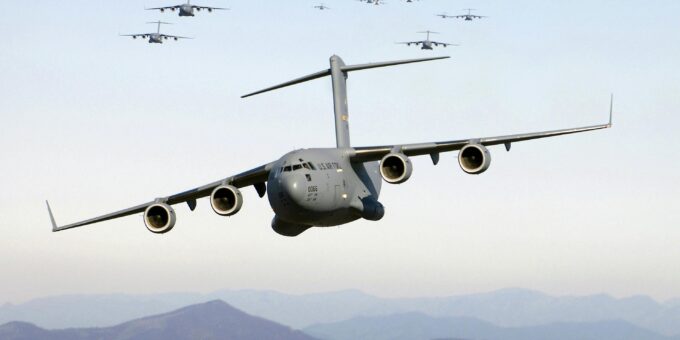
The dream of reaching the stars has always been tied to humankind’s spirit of exploration. In fact, the aviation industry’s earliest pioneers were also inspired by the night sky. Today, as astronomy and space tourism with airlines become more interconnected, the possibility of bridging earthbound aviation with celestial exploration is closer than ever.
Airlines, long seen as the carriers of global travelers, now have the unique chance to evolve into gateways to space. By offering astronomy-themed experiences, partnerships with spaceflight companies, and even suborbital training, airlines could soon be helping passengers transition from air travel to space travel seamlessly.
The question is: how do we combine these worlds in a way that’s both practical and visionary?
Astronomy and Its Connection with Modern Aviation
Astronomy has guided human travel for centuries. Ancient sailors navigated oceans by starlight, while early aviators looked to constellations to chart their paths. Even today, the aviation industry benefits from astronomical insights through satellite positioning systems, flight scheduling, and weather prediction.
Modern airlines can enhance this connection by offering passengers curated astronomy experiences in-flight. For example:
-
In-flight sky maps that display constellations visible outside the aircraft window.
-
Narrated astronomy tours during long-haul night flights.
-
Special routes aligned with celestial events such as eclipses or meteor showers.
These efforts would not only enrich passenger experience but also strengthen the aviation industry’s role as a partner in space exploration awareness.
The Rise of Space Tourism
What once seemed like science fiction is now happening before our eyes. Space tourism is becoming the next luxury frontier, led by companies such as:
-
Virgin Galactic offering suborbital flights.
-
Blue Origin’s New Shepard rocket carrying civilians briefly beyond the Kármán line.
-
SpaceX’s Crew Dragon preparing for orbital tourist missions.
Although today’s tickets cost hundreds of thousands of dollars, history tells us that prices will eventually fall. The trajectory of aviation itself proves this. A century ago, air travel was reserved for the wealthy elite. Today, millions of people board flights daily.
Airlines have a rare opportunity to position themselves as bridges between Earth and space, making space tourism less intimidating and more accessible to everyday travelers.
Airlines as the Gateway to Space
Instead of waiting for passengers to directly book space flights, airlines can actively integrate themselves into the space tourism value chain.
They could provide:
-
Spaceport transfers: Airlines fly passengers to dedicated launch hubs.
-
Pre-flight preparation packages: Passengers undergo altitude training, safety briefings, and gravity simulations on commercial flights.
-
Astronomy-infused luxury experiences: Before heading to space, passengers enjoy star-themed lounges, VR stargazing domes, and planetarium-inspired entertainment.
This way, airlines aren’t left behind as space tourism expands. Instead, they position themselves as integral partners in humanity’s next great journey.
Astronomy-Based Travel Experiences
One of the simplest ways to merge airlines with astronomy is through celestial event tourism. Airlines have already experimented with special flights designed to follow eclipses, offering passengers front-row seats above the clouds.
Other possibilities include:
-
Aurora Borealis flights with guaranteed views of the Northern Lights.
-
Comet-chasing journeys that align with predicted celestial appearances.
-
Meteor shower flights offering panoramic night-sky views free of light pollution.
By packaging these experiences with astronomy experts on board, airlines can create unforgettable journeys that bring science, wonder, and travel together.
You Can Also Read : How to Apply Astronomical Data in Flight Route Optimization
Airlines Partnering with Space Companies
To truly connect astronomy and space tourism with airlines, partnerships are key. Airlines already have the global infrastructure to manage mass travel, while space companies bring the rocket technology and astronaut expertise.
Possible collaborations could include:
-
Shared ticketing systems (airline + space flight in one package).
-
Training centers at major airports operated jointly by airlines and space companies.
-
Space lounges co-branded by airlines and private space firms.
The result? A seamless ecosystem where boarding a plane to New York and boarding a rocket to orbit become part of the same global network.